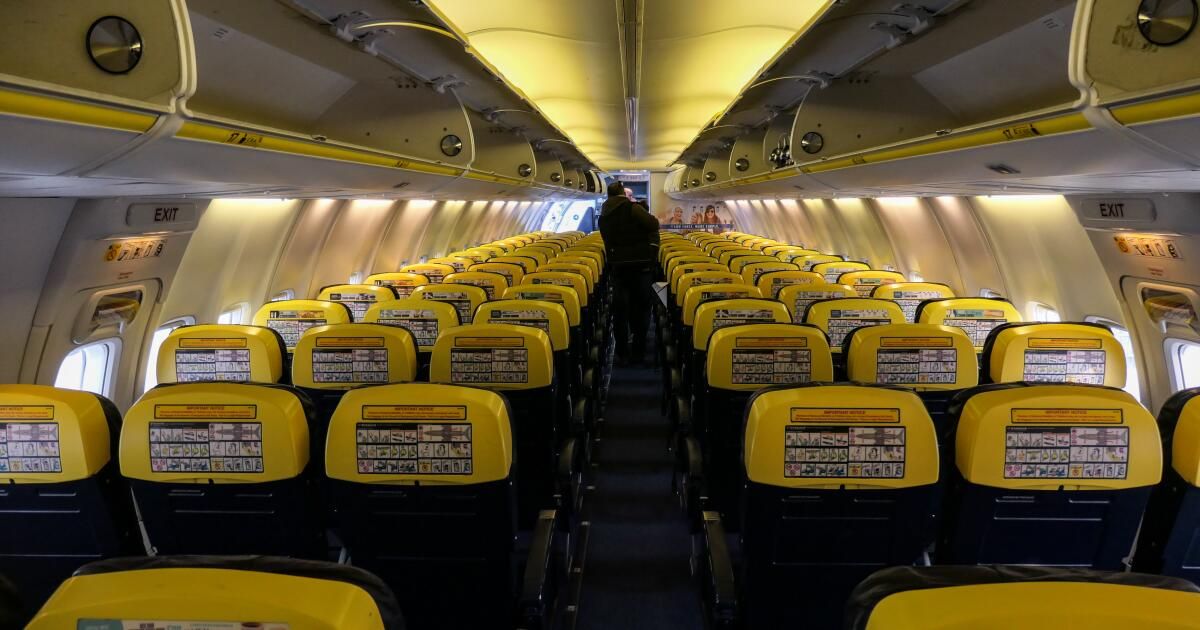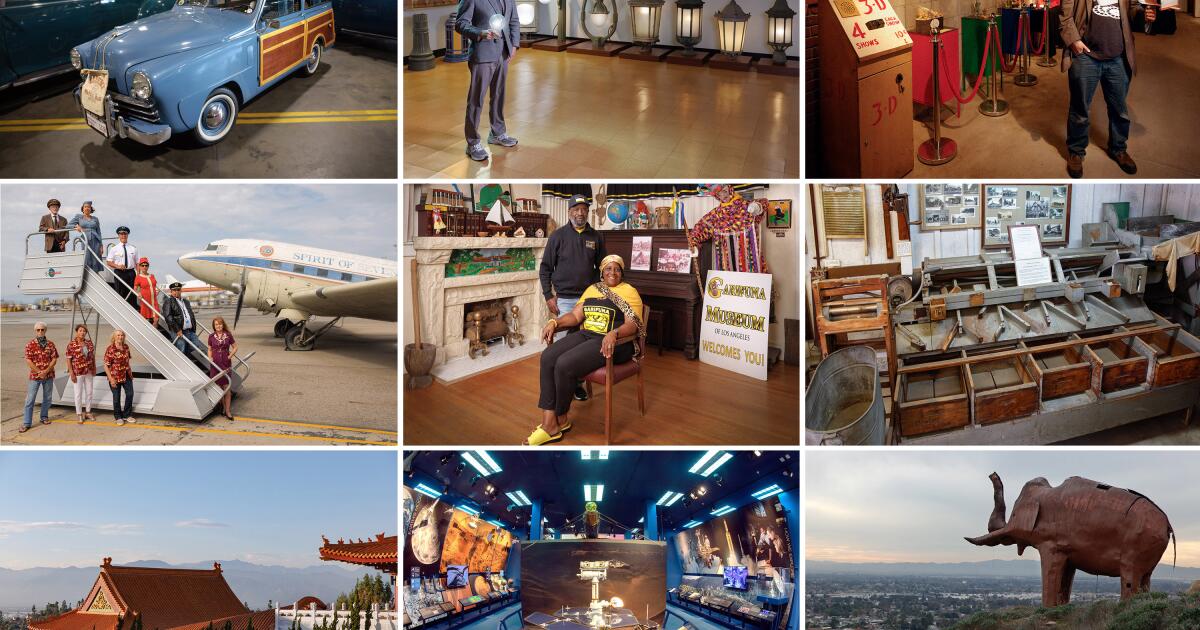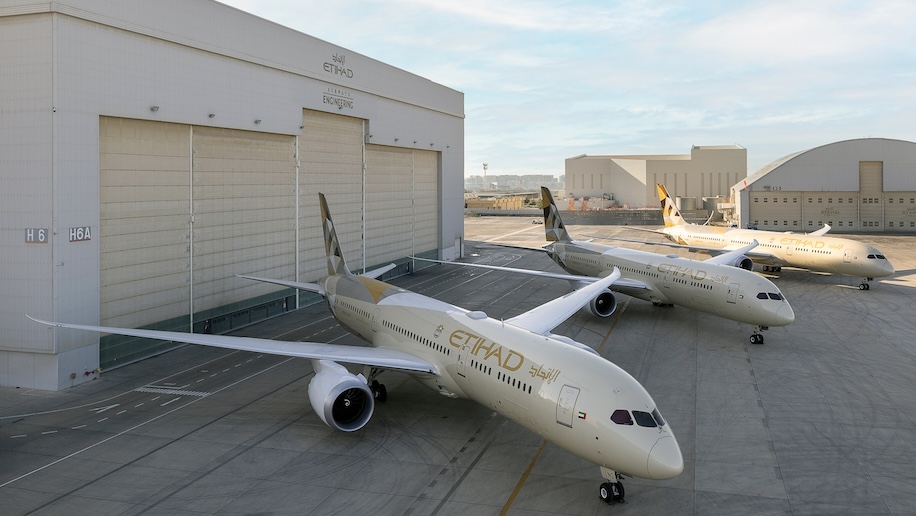I live in Boston and want to visit my daughter in Los Angeles. Easy, right? Book a flight, visit her daughter, fly home. If only. I use an electric wheelchair that costs as much as a small SUV. I'm afraid an airline might damage it. My chair, a Quantum Edge, is essential for getting around. To have a life.
The Quantum and I met two years ago and have been inseparable ever since. I didn't see it coming, our relationship. It never occurred to me that I could develop a disabling illness that would eventually require the use of a 400-pound mobility device, but I digress.
I went back to visit my daughter. Or rather, not visit. To fly to Los Angeles, I have to give up the Quantum and pray that it isn't in pieces when I land. Airlines mishandle thousands of electric wheelchairs each year, according to data from the Department of Transportation. More than one in every 100 wheelchairs and scooters transported in the cargo hold are damaged, delayed or lost.
Some wheelchairs are so destroyed that they pose a safety risk to users or are rendered inoperable. Imagine handing in your prescription glasses and squinting anxiously throughout the flight only to have them returned with broken lenses and a broken frame.
It gets worse. To visit my daughter I have to give up bodily autonomy. You run the risk of being treated like a side of ham. Airline staff: strangers with vague and questionable words. training – will take me out of the Quantum and transfer me to the “aisle chair,” a tiny wheelchair used to get on and off the plane. Once on board the plane, they will push me down the aisle, stop in my row, and transfer me to my cabin seat. Other passengers may or may not be watching. When I land, I can do it all again, backwards. And yes, disabled travelers have fallen or been seriously injured when transferred incorrectly.
The fun doesn't end there. Wide-body jets are required to have an accessible bathroom, but a wheelchair user cannot reach the bathroom without returning to the small aisle chair to be pushed into the bathroom by a crew member. Currently, single-aisle flights lack accessible bathrooms, so disabled passengers become dehydrated or wear adult diapers. Fortunately I didn't realize all this when I could walk.
Let's say I muster up the courage to fly. If my wheelchair is seriously damaged, the airline will cover the cost of repair or replacement. But it could be weeks or months before you have a working mobility device. A borrowed chair might work, but not if you need a custom chair. You may miss work or school, or even stay in bed. That's a lot to think about at 30,000 feet.
There are solutions. At a minimum, airlines could be required to use universal storage boxes to protect power wheelchairs and mobility scooters, or tie-down straps to secure these expensive devices in the cargo hold. But what would really make me feel included would be to stay in my own chair, roll down the gangway and onto the plane, lock myself in the cabin and relax.
How is it possible that so little effort has been invested in ensuring that people like me feel welcome and comfortable when flying? Trains and buses are accessible, why not planes? It turns out that the Americans with Disabilities Act doesn't apply to airplanes, which explains why I can enter public buildings but not an airplane. That which rules the heavens is the least known and comparatively toothless. Air Carrier Access Act of 1986. The ACAA prohibits discrimination against passengers with disabilities (I can't be denied a seat on a plane), but that's where the protection ends. The standards for accessibility features on airplanes are so woefully inadequate that it seems like a cruel joke.
I'm trying to be optimistic. At the beginning of this year, the DOT identified as target allow passengers to remain in their personal wheelchairs on airplanes, and the Federal Aviation Administration initiated a “research roadmap” to study the feasibility. Short-term improvements include training requirements to better assist disabled passengers and properly store their mobility devices.
In June, Delta Air Lines presented a prototype for a standard airplane seat that converts to a secure power wheelchair docking station when needed. Talk about a turning point! I tell you airlines, if you build it, we will get there.
In the meantime, I'll be here in Boston waiting for my daughter's plane to land, but dreaming of spending Christmas with her in Los Angeles. I see it now: the Quantum and I, clad in tinsel, emerge from the catwalk, neither of us the worst at dressing.
Suzanne Costas is a licensed independent clinical social worker in Boston. In 2008, she was diagnosed with inclusion body myositis. Over the course of 15 years she went from using a cane, to a walker, and finally to a power wheelchair in 2021.











